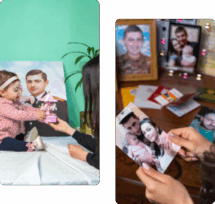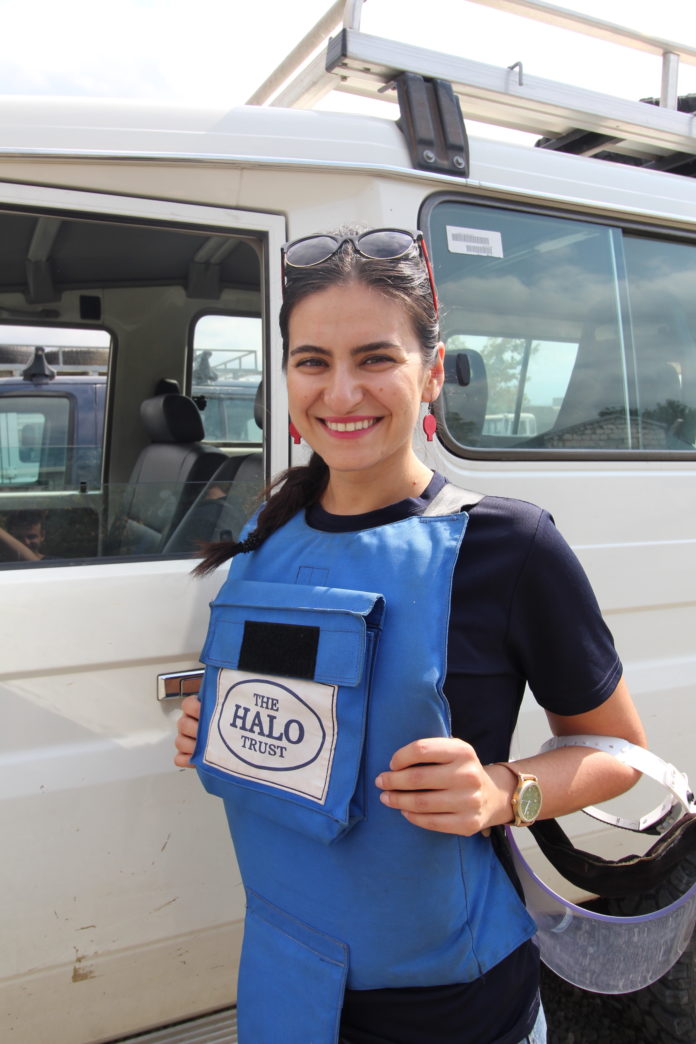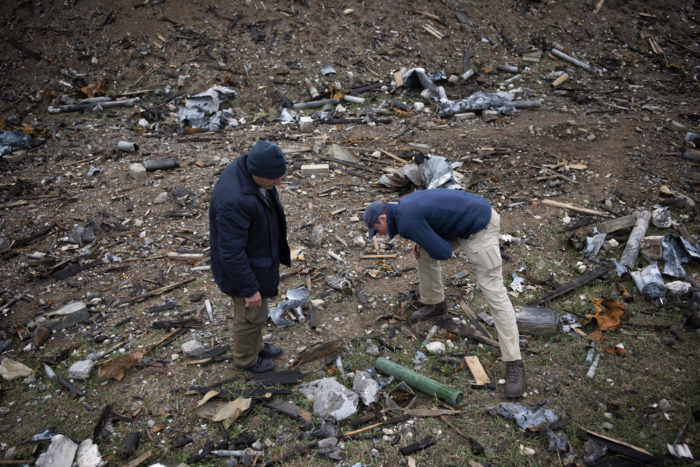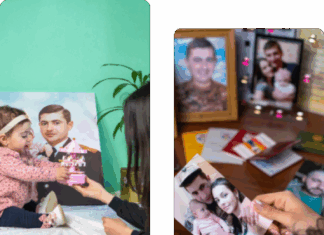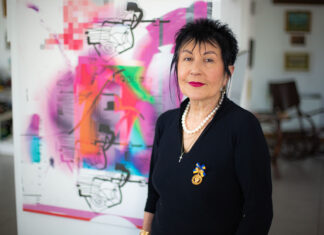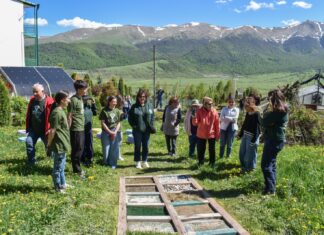By Alina Aslanian
Special to the Mirror-Spectator
STEPANAKERT — Driving through Karvachar just days before the handover to Azerbaijan, I stared hard at the scenery, as if to imprint the details into my memory. I knew it would be the last time I would navigate this beautiful road that twists and turns through the mountains of Karabakh. I was not alone. The road was busy with busloads of families returning from Yerevan, where they had fled when the war broke out. Like me, many stopped off at the ancient monastery of Dadivank. I am not a person of faith, but as I watched the impromptu baptisms around me, I felt the weight of history. It felt strange to see a Russian tank with their flag waving over a place of worship here. However, the congregation was pleased to see it.
I was returning to Stepanakert to join my colleagues at The HALO Trust, a neutral humanitarian demining organization that has been clearing landmines in Karabakh since 2000. During my employment, I have met many families who have lived off land cleared by HALO. They are by no means wealthy, but once the landmines were cleared, the land was bountiful and they were able to raise livestock and grow vegetables. Many of these families were now forced to abandon their smallholdings and pack up their precious few belongings for a new life in the capital or other remaining parts of Karabakh.
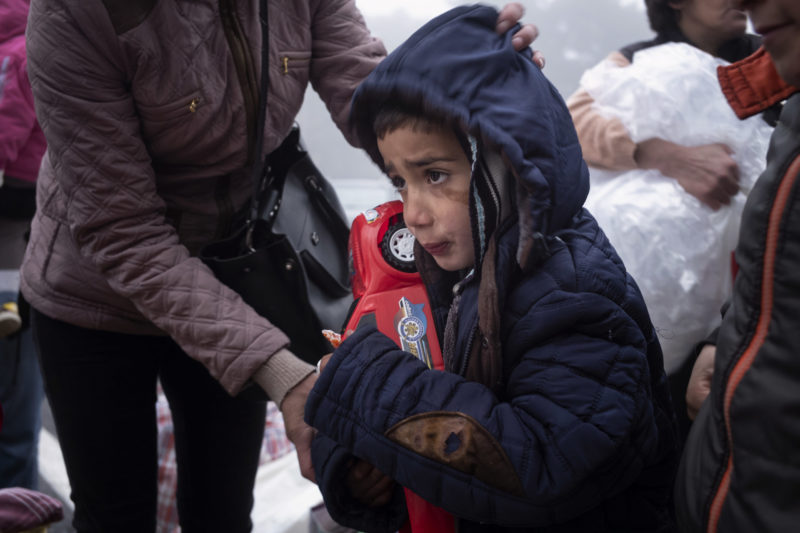
Stepanakert was foggy and cold that day. Buses dropped off the displaced families in the city center. Children stared listlessly as their parents made anxious phone calls, trying to find accommodation for the night. There were frequent communication blackouts due to telecom towers that were damaged during the war. Aid workers and journalists huddle in the one hotel with internet access.
Over the next few days, there were signs of life almost returning to normal. There were vegetables and bread in the markets and more clothes hung to dry above the streets. It was heartening to see children’s clothes drying alongside them now.
